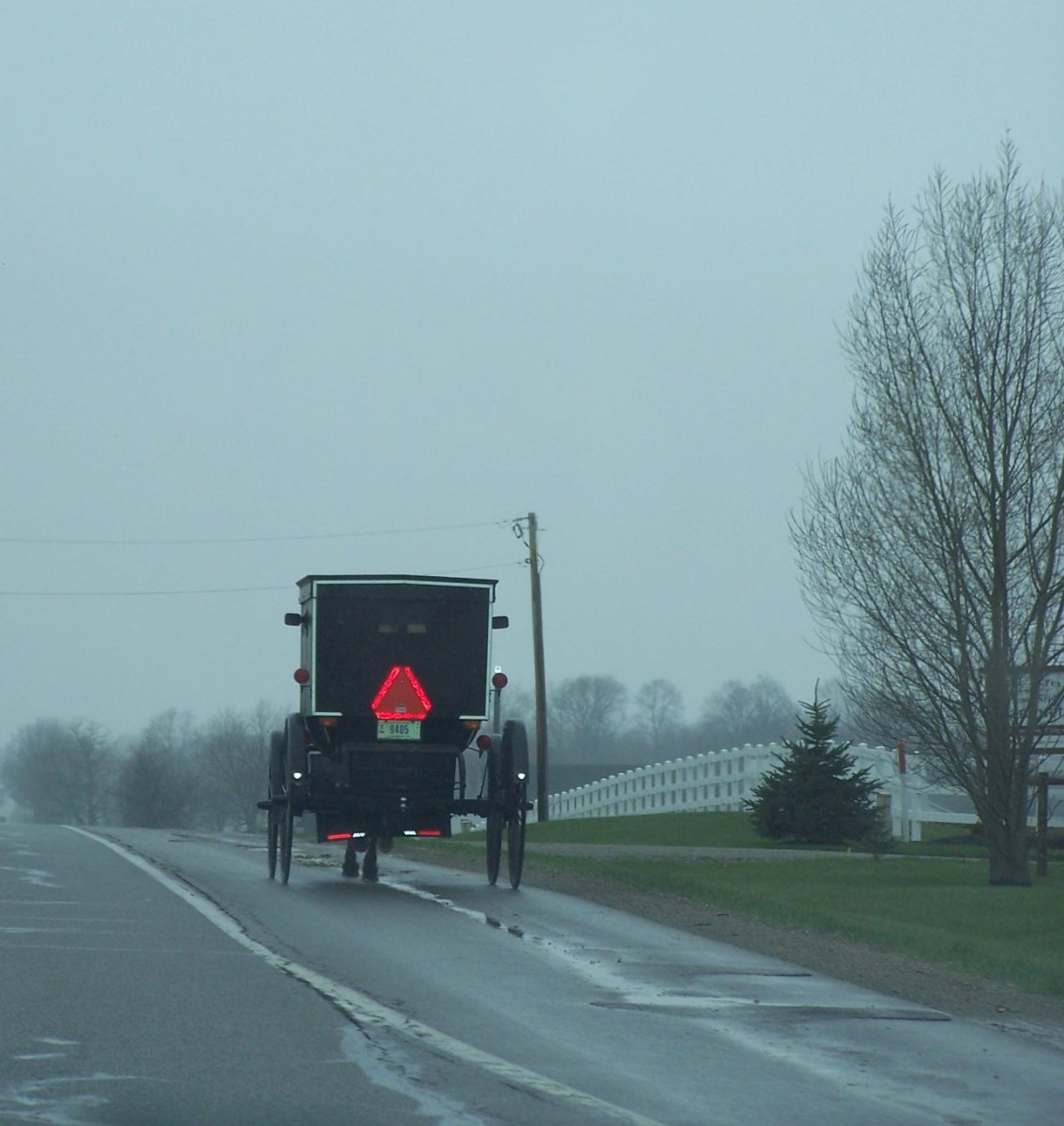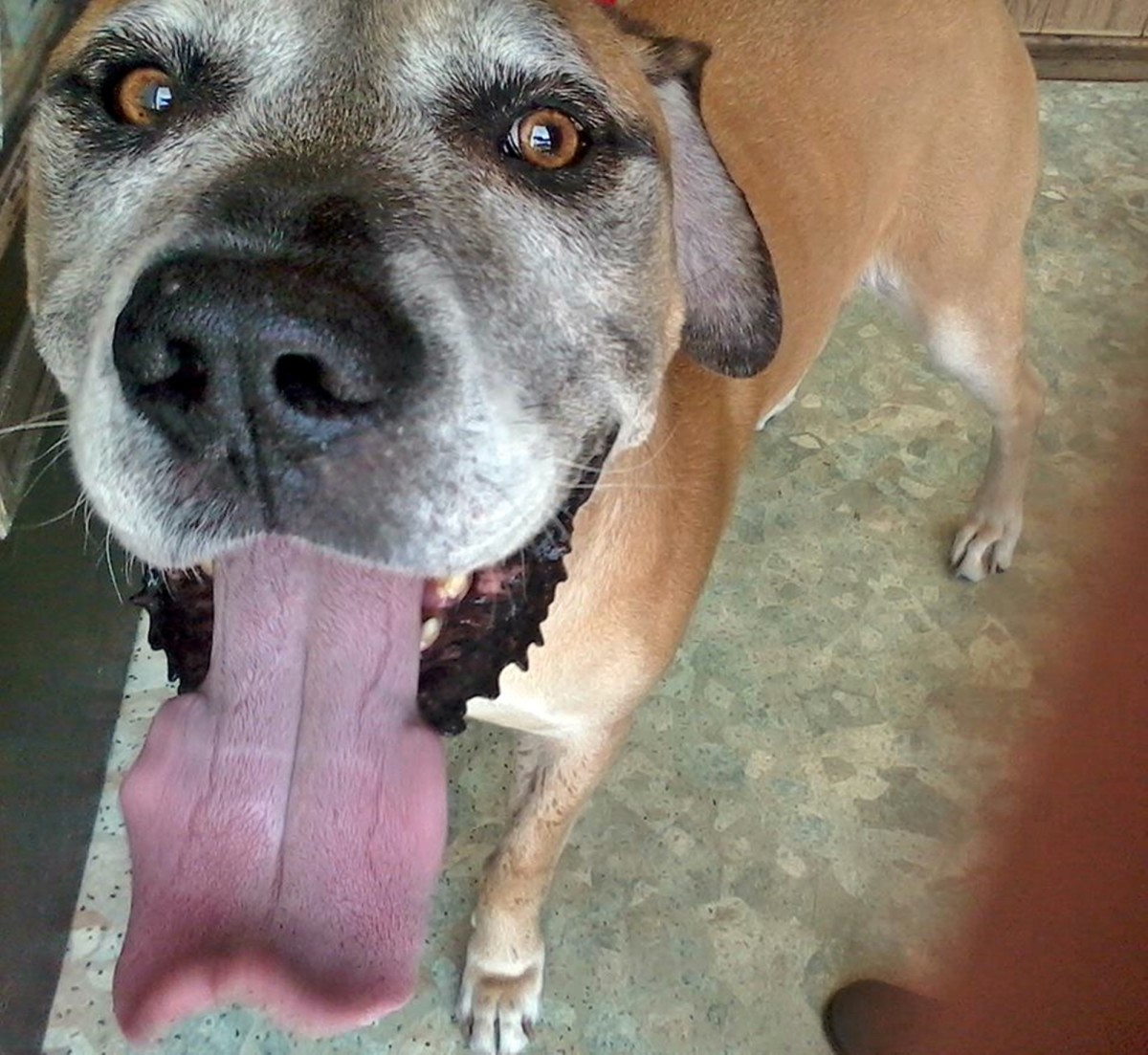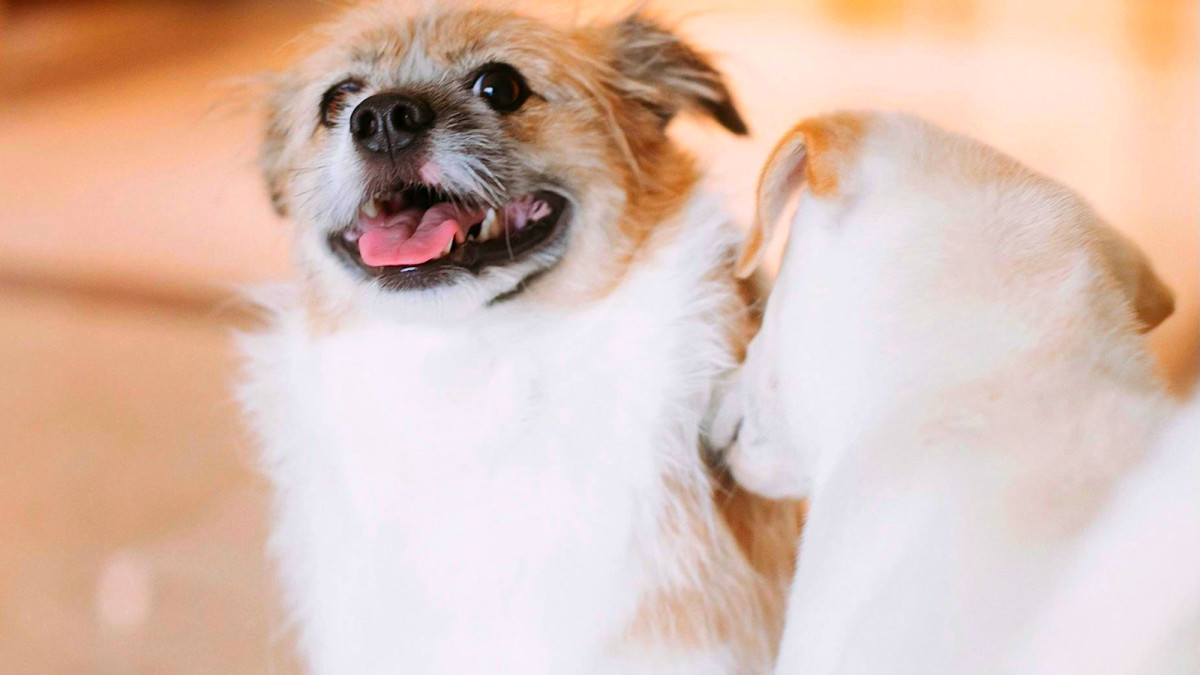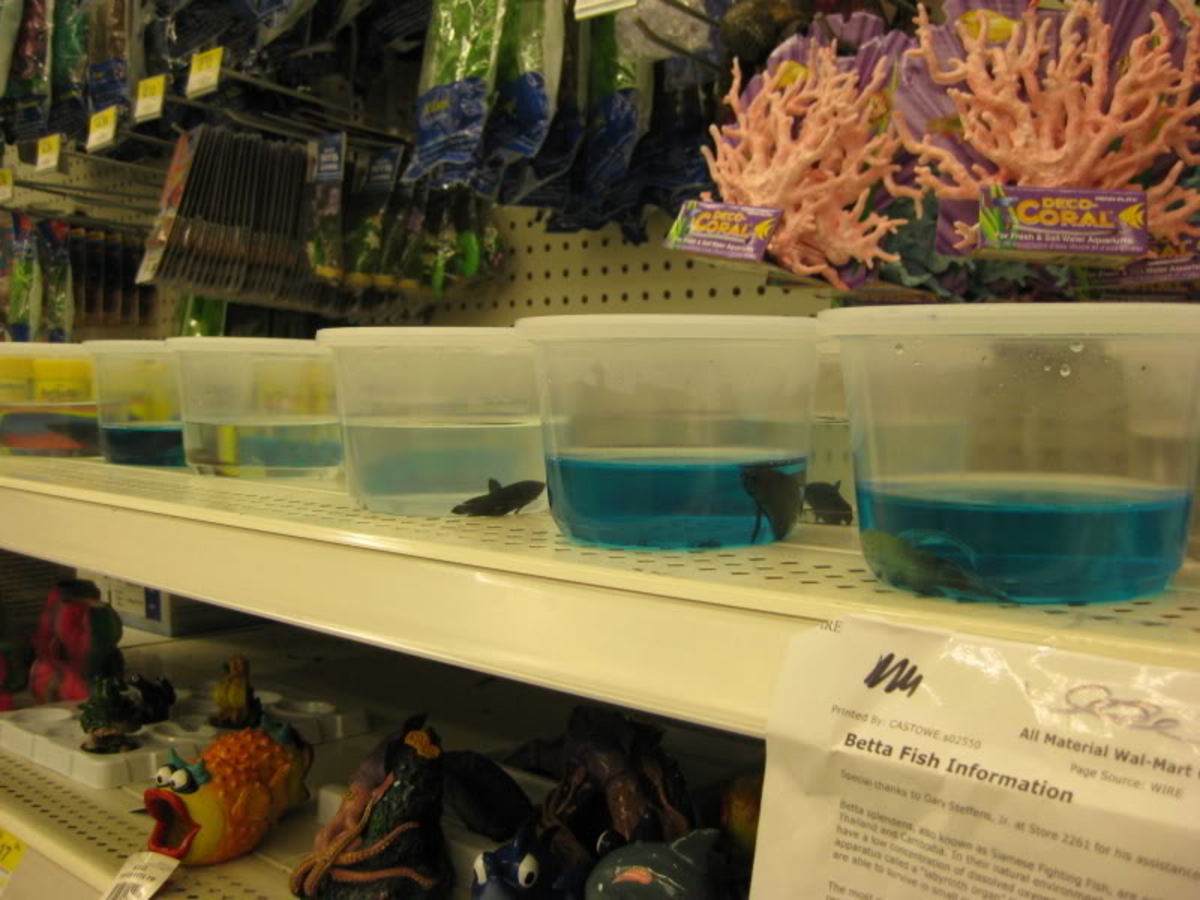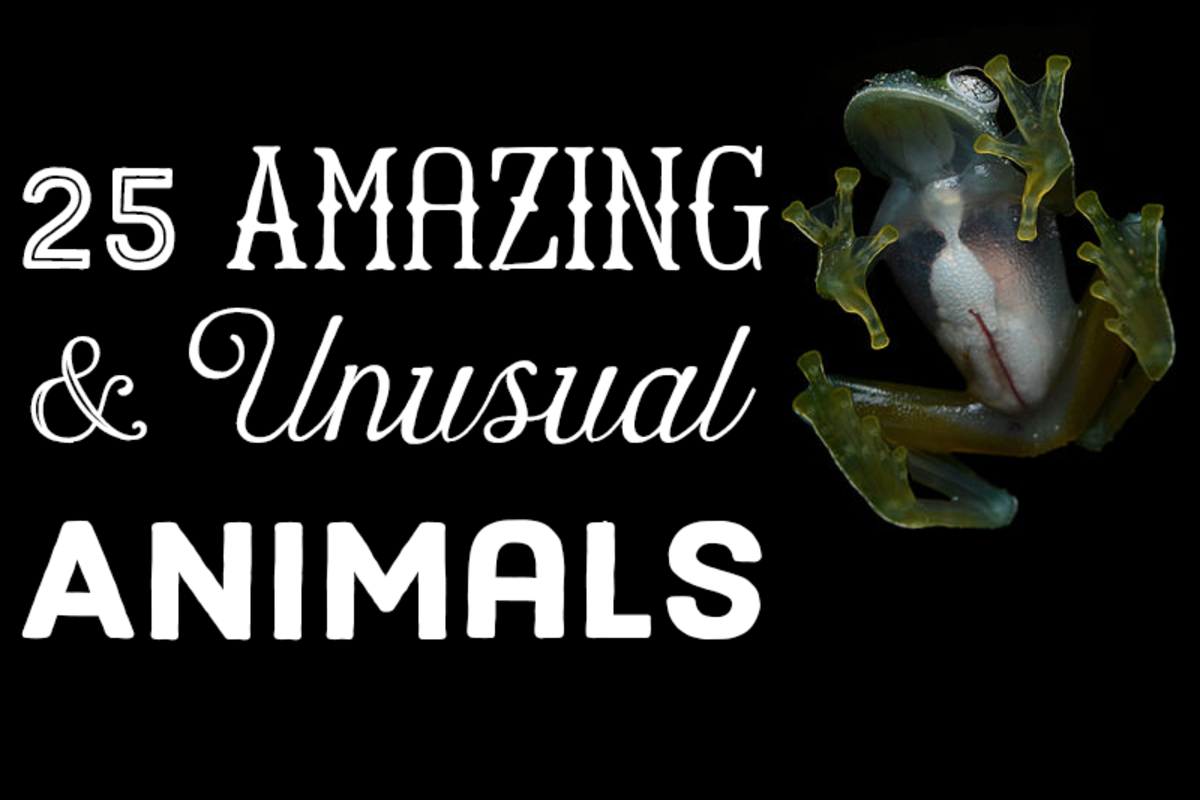- HubPages»
- Pets and Animals»
- Animal Care & Safety»
- Animal Rescue
How to find your lost dog

Your dog is missing, what to do in order to find him?
With the suggestions below, I offer you some guidelines for the search of your dog. The first 12 hours after a disappearance are crucial, so that rapid action is essential.
I hope this information will help.
Follow my tips.....
Typically, animals are fleeing because mainly of boredom or loneliness, to respond to their sexual instincts if not sterilized, in response to sudden and unexpected events that fright them, out of curiosity by the outside world, for windows or doors were left open, or if a new home, looking for previous surroundings.
How to find your dog:
The distance that the dog run will depend largely on the distance that his feet allow him to walk. For example, strong dogs, especially if new, can travel eight miles or more in a single day. Small dogs can go on achieving a kilometer.
Most dogs are well recovered within a radius of three kilometers from home, especially because they usually travel long distances in a straight line, regardless of their strength or speed. For example, if it is a confident dog, he will seek other dogs and other humans who are friendly and probably the comfort, feeding and harboring. Gardens and parks are public places that he will appreciate.
Conversely, if it is a shy dog and older and do not trust strangers, he will hide of them. Good places for these dogs may be bush,es a desert place or even under the car.
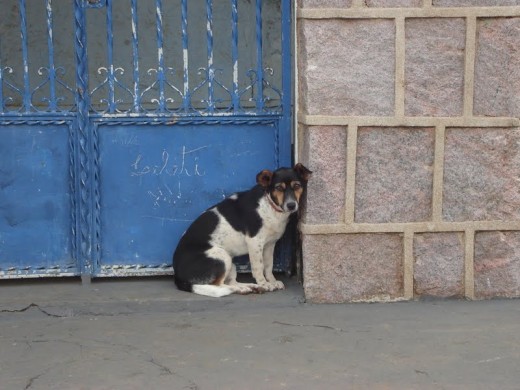
Mentally draw a circle around the location where you have lost your
dog. Think of the places within the constituency to which he will
probably go in search of companionship, comfort or food. A school? A
home where your dog usually receive sweets or having a friend? The open
door of a car? Think of all those living within that circle, people who
spend much time outside the home and is likely see a lost animal. Think
of the people who run the area as part of their work, people you do not
know and who do not know you. Ask them to help you find your dog. The
more people are involved in the search, the more likely is for you to find him.
• Search within the place of disappearance!
Scroll through the foot or
by car near the place of disappearance. Ask local residents and others
who normally attend the area (postmen, officials refuse collection,
etc.) were his dog. But, preferably, do not go alone. Take a relative
or friend. Talk to all the people you meet and try to involve children
in the neighborhood demand (children can be great to find animals).
• Make noise! Animals can hear it over long distances. Continually call
the name of your dog. If he has a toy with a bell / whistle, take it and
can use it to make familiar sounds. Take also a box of cookies and shake it loud and clear as you call your dog's
name. Make other noises that you find to be familiar. However, it is important
to stop regularly, keep silent and listen if your dog is doing some noise in
response. Neighbors / passersby will think that you maybe crazy, but we are
talking about the life of your dog!
• Take a flashlight
with bright light! Even during the day, I take a flashlight to look in
dark places. A frightened dog can be hurt and hide in dark places. In addition to looking into dark places, look also in
sheds, garages, landfills, and containers, under cars, for example.
• Prepare a "carpet of welcome"! If practicable, place articles with
strong smell at the door / window of the house to attract your dog,
such as pieces of laundry. Socks and sweat suits for training are
excellent attractions. If possible, place also outside the "nest" and
his favorite toy dog.
• Develop brochures, preferably with
a photo! Include your dog sex, age, size, race, color, features and
other brands, of course don't forget your contact. Take care to insert the largest
possible number of information that might help others in the
event of spotting your dog. For example, whether your dog is sociable or,
rather, it is difficult to take leave (and it is advisable to avoid any
attempt to seize). However, to describe your dog, hide one or two
identifying characteristics. For someone to tell you who found your
dog, ask that person to describe accurately (this is essential to
prevent fraud).
• Hang and distribute the brochures! It is extremely important post in
many leaflets radius of at least a kilometer and a half from the place
of disappearance. As the days go by, this radius should be increased.
Ask to put a brochure in grocery, coffee shops, veterinary clinics,
supermarkets, petrol stations, pharmacies, busy streets and other
strategic locations. Examine the leaflets often and replace those which
have been removed or damaged. It is also desirable to distribute a
leaflet postmen, bus drivers and taxi drivers as they travel through
the city daily.
• Contact veterinary clinics! Call the
veterinary clinics in your area. Try to find out if your dog is injured
and was taken to a clinic to be treated. If your dog has adopted a
partnership, please contact with volunteers, so that might help in the
search. Disseminate information to more people.
• Visit
kennels and shelters! Visit the kennel and municipal associations to
protect / shelter locations, including counties / surrounding
districts. Do not just call, visit these sites every day or every two
days. Remember that your description of your dog and the description of
other people do not always coincide. You must go see for yourself! Ask
help from friends or relatives to visit these places to turn. Discover
how long each municipal kennel keeps animals. Learn how much time has
to claim the dog before it is euthanized. By law, the municipal kennels
must wait 8 days before slaughter an animal, but things are not always
in this way
• Notify the police if you think your pet has
been kidnapped! Provide a "complaint for theft-crime" squad in the
close, to follow the case to the prosecutor. You must sign the
complaint and receive a copy of it. If the police refuse to accept the
complaint, requiring the book of complaints.
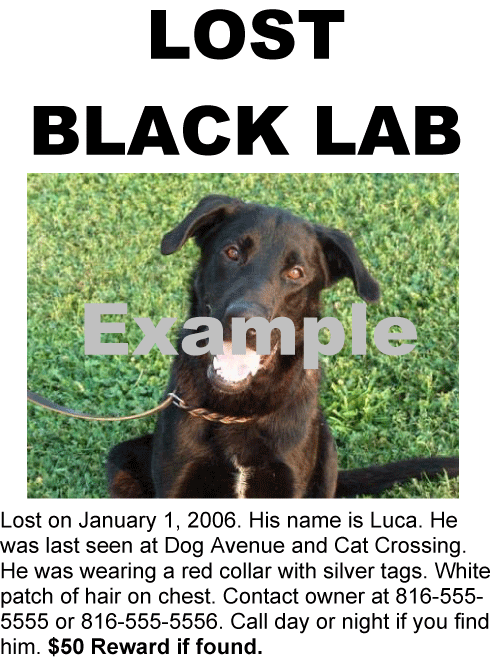
• Contact road police! Find out if your dog was killed on the road. It is a sad
task, but necessary. Otherwise, you never know what happened to your
dog. Among daily in contact with the teams that collect animals from
the streets and roads.
• publicize the disappearance! If possible,
also announce the disappearance of his dog in newspapers and local
radio stations. Place an ad in the Sunday edition as well as during the
week.
• Beware of people ill-intentioned and fraud!
Unfortunately, in our society there are people who try to exploit
situations of lost animals . You must never go alone and meet with someone who
claims to have found your pet. Take one or two friends and check with a
meeting in a public place. Similarly, it is better not walk alone in
search of his dog, either during the day or at night, particularly in
places that you are not familiar. Never invite anyone into your home,
unless you know the person. When talking to a stranger who claims to have
found your pet, ask him to describe accurately the animal before you
provide any other information.
If the unknown does not include the
identifying characteristic that concealed the ads, it is likely that he
can not have found your dog. Take extra caution with people who insist on
receiving advance money for the return of your pet or for any
veterinary expenses. The attempt of fraud at the expense of animals
lost is a real danger.
• Do not give up! There are cases
of dogs that went missing for weeks and even months, and eventually be
found. Undertake a regular display of leaflets and regularly contact
the veterinary clinics in the district of the place of disappearance
(and possibly adjacent districts). In the event that your dog has been
collected by someone, the chances of going to a veterinary clinic are
high. Moreover, who knows if the disclosure is not enough for someone
to help and that he had not been aware of what happened in previous
disclosures?
Once you find your dog, you should collect the
leaflets that posted and tell people that helped, including local
veterinary clinics and kennels.



